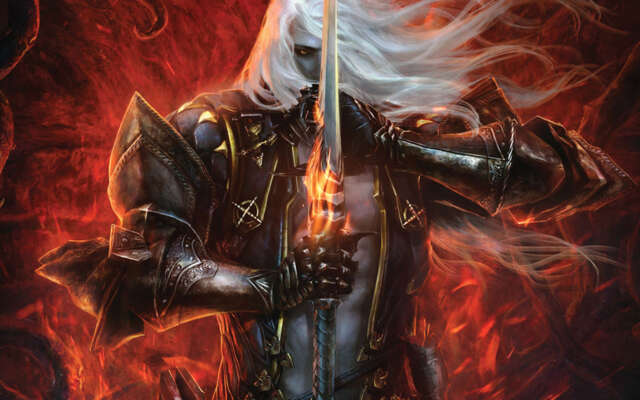
Castlevania is celebrating the 20th anniversary of Dawn of Sorrow on October 4 and the 15th anniversary of Lords of Shadow on October 5, 2025. Below, we take this occasion to look back at some of the more often overlooked games in the long-running action-horror series.
It seems pretty appropriate that a series largely about endlessly thwarting an undying creature of darkness from rising to power every generation would end up being an enduring, unkillable immortal in the minds of its fans. Castlevania, as a series, has a legacy four decades long, consistently delivering some of the most memorable experiences on whichever platform Konami decides to bless with its presence. Even as celebrated as that legacy has been over the years, any series that goes on for nearly 40 years is bound to have entries that fly under the radar, or are at least not nearly as appreciated as they should be. It just so happens Castlevania has a bunch of them, either forgotten by the passage of time or the passage of technology. But we’re here to drag a few of them back into the light of day. Unlike Dracula, the time in the sun should do them good.
Kid Dracula (NES/Game Boy)
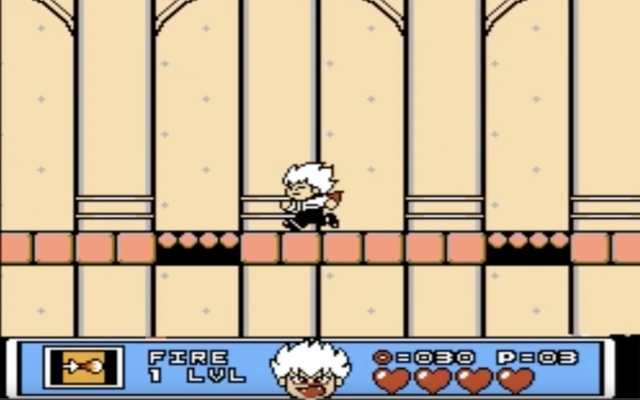
In 1990, Konami was riding high off the string of three incredibly successful NES Castlevania games, with the magnificent Super Castlevania IV deep in development. So, filling the gap with a cartoony NES platformer starring a chibi version of Alucard probably made tons of sense in Japan. But you can just imagine how that conversation went down in an American boardroom in the early ’90s, which is why the first Kid Dracula game on NES never even saw Western shores until the Castlevania Anniversary Collection in 2019. The West eventually got the Game Boy sequel in 1993, where it was still an oddity, but it didn’t stick out nearly as much. It’s kind of a shame, though, because the Kid Dracula titles, beyond being solid little platformers in general, are just such delightfully weird parodies of everything Konami had done up to that point. That’s especially true when it comes to the jaunty reworking of several Castlevania levels and music in the first stage. After those, though, they just get stranger, as Alucard travels the world, taking on high flying chickens, zombie punks in New York, and even going on a quiz show against the Statue of Liberty. The Game Boy sequel follows suit with a stage that turns Gradius into a side-scrolling platformer, and having Facetime calls with a chibi Grim Reaper.
Image: NintendoComplete on YouTube
Castlevania: Dracula X (SNES)
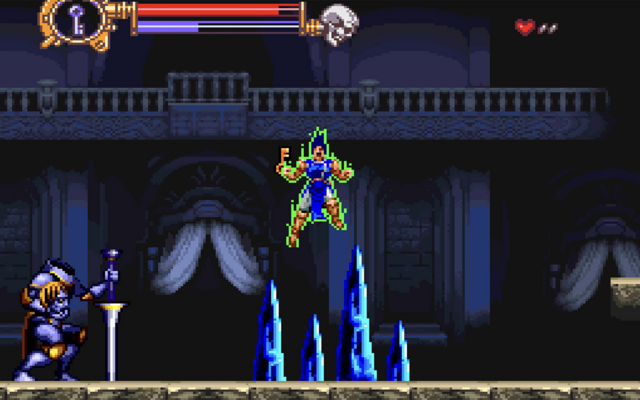
One of the best things about the end of a console’s viable lifespan is that magic moment when developers throw all caution to the wind and decide to push the sucker as far as it can potentially get pushed. This is how you wind up with Street Fighter Alpha 2 getting an ambitious-as-hell SNES port, Vagrant Story coming out the same year the PS2 launched, or Persona 5 still launching on PS3 in 2017. While the folks at Konami weren’t quite ballsy enough to try porting Rondo of Blood in its entirety, the SNES wound up getting its own bespoke version of Dracula X. Instead of getting an inferior port of a PC Engine CD game, they got a technical marvel of an SNES game, with one of the system’s best soundtracks, and some jaw-dropping visuals that aren’t as far removed from Rondo as one might assume. It’s also hard as all hell, particularly the final fight with Dracula introducing bottomless pits to the proceedings. Beauty has a price, after all.
Image: NintendoComplete on YouTube
Castlevania Chronicles (Sharp X68000/PlayStation)
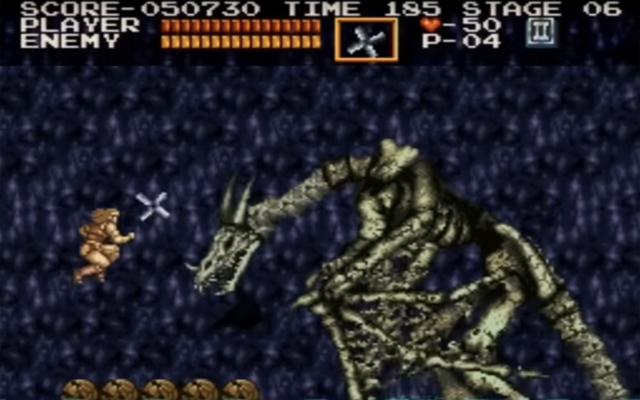
You get the sense over the years that Konami staff were never quite content with the original Castlevania, considering there’s a whopping five variants of what’s supposed to be Simon Belmont’s first scrape with the Lord of Darkness. While Super Castlevania IV is the indisputable winner of the bunch, Chronicles is a pretty solid second place winner: a perfect middle ground between the tough-as-nails stage design and mechanics of the NES titles, the impressive gothic spectacle of Castlevania IV, and just a touch of the arcade game Haunted Castle’s charming jank, as a treat. The original version on the Sharp X68000 did age pretty rapidly, though, especially the grating sound chip, which is why the enhanced port on the PlayStation is the best way to fly these days, especially with the enhancements to the game’s balancing, a few graphical changes courtesy of a few stray members of the Symphony of the Night team–Ayami Kojima giving Simon a pink hair glow-up deserves a special shout out–as well as a good, old-fashioned, mid-’90s Konami synth OST that remixed many of the hits from the original Castlevania’s soundtrack.
Image: NintendoComplete on YouTube
Castlevania: Legacy of Darkness (N64)
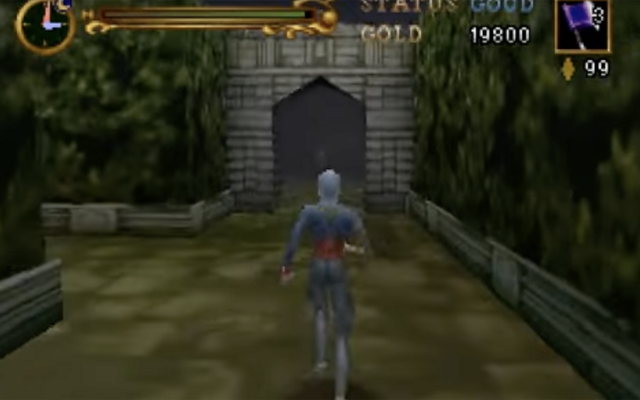
Time is a fascinating thing. Back in the late ’90s, Castlevania Symphony of the Night was a commercial flop: an ignorable throwback that audiences had lost their taste for as the world finally got their first taste of 3D and polygons. Castlevania 64, ironically, performed pretty well commercially and critically. Nearly 30 years later, Symphony of the Night is now, rightfully, considered a stone-cold masterpiece, while Castlevania 64 has largely been consigned to the trash bin of history. Thing is, Castlevania 64 was mostly a case of Konami’s reach exceeding their grasp: the product of a hurried development cycle and new technology that wound up leaving some ambitious ideas on the cutting room floor. Still, there’s plenty of interesting ideas in the core game, and a lot to appreciate about the presentation. The intro, in particular, with the slow reveal of Dracula’s castle giving way to a sole mournful cello singing out the Bloodlines theme from Rondo of Blood, is one of the series’ best moments of pure aura.
Legacy of Darkness, however, is the game that Konami should’ve released the first time. Given a boost from the N64’s expansion pack, the graphics were improved, two new characters and narratives were added–including a werewolf named Cornell–the game’s balancing was tweaked, and it’s just so much easier to appreciate what the team at Konami Kobe was going for, even if it doesn’t reach the series’ upper tier of quality. It’s a fascinating curiosity, if nothing else.
Image: World of Longplays on YouTube
Castlevania: Curse of Darkness (PS2/Xbox)
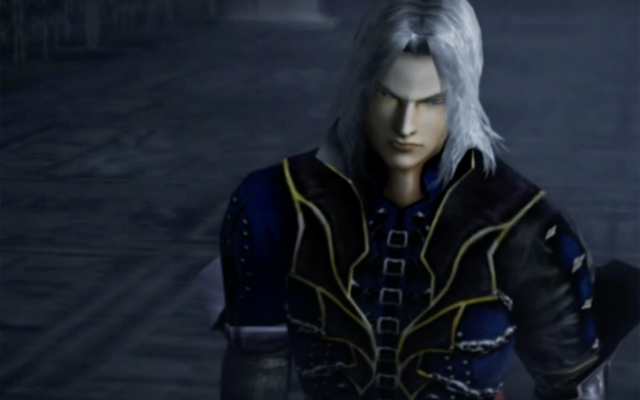
Lament of Innocence built up a ton of goodwill for being the Castlevania game to finally put the series on solid ground in the 3D space, so, it’s understandable why folks recoiled a bit at its follow-up largely tossing out most of Castlevania tradition for something that, honestly, doesn’t much resemble anything in the series, before or after. Time has actually been kinder to Curse than expected though. Yes, it’s still kind of an oddball as a Castlevania title–ironically, there’s a lot of this game in what eventually became Bloodstained–but if you can put aside expectations and how dirty they do poor Trevor Belmont in the process, you’ll find a pretty solid action-RPG with a surprisingly deep crafting system, impressive visuals, and an immensely underrated Michiru Yamane soundtrack.
The story feels bewildering on its own, only because, for reasons beyond comprehension, most of the backstory was told in a manga that was never actually released outside Japan until years after the game came out. It’s not bad once you have that context, but it’s wild how much the game leans on it. Play the game, and all it tells you is how Trevor Belmont failed to put Dracula in the ground for good, before thrusting you right into the middle of some serious bishi angst between two of Dracula’s underlings, Hector and Isaac, over a woman named Rosaly. What the game never tells you is how Rosaly was married to Hector, until Isaac had her accused of being a witch and burned at the stake. It’s a pretty solid reason to be pissed off, to be honest. And yes, anime fans, you read that right–this is the game where Hector and Isaac, as well as Saint-Germain from the Netflix series come from. Game Isaac isn’t nearly as incredible as his Netflix counterpart, but the broad strokes of his character and arc are the same.
Image: xTimelessGaming on YouTube
Castlevania: The Dracula X Chronicles (PSP)
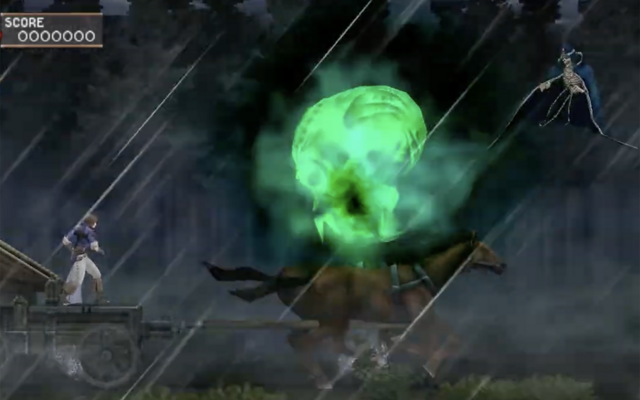
Dracula X Chronicles would be worth inclusion on this list just as a sheer value proposition. Whether you’re fond of what Konami did with their 2.5D remake of Rondo of Blood or not, it’s worth plowing through it once just for the sheer glory of Rondo of Blood finally getting an official release outside the Japanese PC Engine, alongside the first and only portable version of Symphony of the Night, the very first to include the redone voice acting that is now the default voice track for every re-release since. But yes, on top of that, there is still the Rondo of Blood remake by itself. The modern makeover isn’t perfect, and the stiffness of Richter’s movements can be an annoyance, but it’s still a game worthy of the name, and what it lacks in fluidity compared to, say, Symphony of the Night, it makes up in that very specific gothic vibe.
Image: John GodGames on YouTube
Castlevania: The Adventure ReBirth (WiiWare)
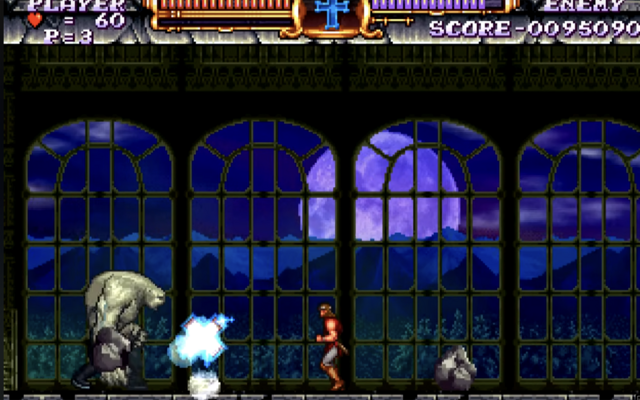
As commendable as it was that Konami was able to cram three Castlevania games onto the humble Game Boy, none of the three titles have aged particularly well in the interim, especially for having a series known for its expansive level design shoved into disparate rooms the size of a postage stamp. That made those games prime material for Konami to tap into when it came time for the Castlevania portion of its ReBirth project, which gave the project’s creators carte blanche to bring remakes and remixes of their flagship franchises to a whole new audience. Contra and Gradius went the remix route, while Castlevania went with a delightful remake of the first Game Boy game. That fact provides some extra contrast given that the first Lords of Shadow game would hit not even a year later, and the Wii would be left SOL on Castlevania games otherwise, and no, we’re absolutely not even going to get started on Castlevania Judgment. Adventure ReBirth is obviously running off a modified version of the engine powering the three Nintendo DS Castlevanias, but it still did quite a bit to remind the world that there’s still life in the old ways of doing Castlevania games.
Image: NintendoComplete on YouTube
Castlevania: Lords of Shadow 2 (Xbox 360/PS3/PC)
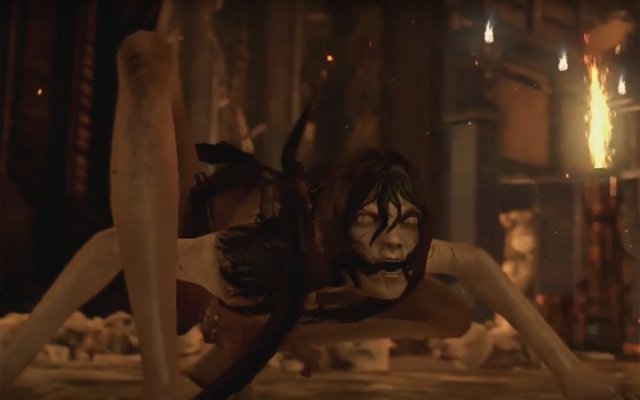
The Lords of Shadow games are to Castlevania what the Avatar flicks are to James Cameron’s career. Yes, it’s the work that made the most money, and gained the most players, but it’s also the series that fans respect the least. And it’s pretty unfair. The first Lords of Shadow, in particular, is basically answering the question “What if Guillermo Del Toro made a Castlevania game,” complete with Oscar Araujo’s beautiful score, and some of the greatest voice performances ever to grace a video game. The deepest circle of Hell is reserved for liars, traitors, and anyone who skips Patrick Stewart’s narration on Lords of Shadow’s loading screens.
Still, the first game definitely has its loud defenders. Its direct sequel, however? Less so. MercurySteam famously didn’t have Hideo Kojima watching its back on that game, and it’s possible that led to some bad ideas taking root, like the famously terrible stealth segments. Thing is, though, grin and bear it through the stealth segments, and Lords of Shadow 2 is actually still a pretty solid little game. Playing as Dracula affords a pretty unique, violent thrill to the combat, and Robert Carlyle playing him as a tired immortal waiting to die is a fascinating dramatic tightrope to walk. There are plenty of imaginative stretches whenever the game leaves the industrial facilities behind. The interlocking level design is a smart idea to avoid the first game’s linearity, there are twists and turns in the narrative (though giving Mirror of Fate a quick playthrough beforehand is a must). Oscar Araujo raises his game even further with the soundtrack, with Dracula’s Theme in particular being an understated masterpiece of ominous baroque horror. The entire trilogy deserved far more appreciation than it received.
